Turn-key laser diode module with DFB or Bragg sources at any wavelengths
This laser diode module generates any pulsed or CW optical signal from an integrated semiconductor DFB or Bragg sources at various visible or infrared wavelengths. It is a low noise high peak power laser diode source with USB and control electronics for pulse width down to 1 ns.
This Turn-key laser diode module delivers precision pulses which are generated internally by an on-board pulse generator, or on demand from an external TTL signal. It is the most compact device with such performances. Choose your wavelength (808, 915, 940, 976, 1064, 1300, 1550 nm etc. ) on the datasheet table or contact us for other wavelength.
These products are now offered by AeroDIODE,  a new ALPhANOV spin-off company. The product manager is available to answer any technical of commercial question.
a new ALPhANOV spin-off company. The product manager is available to answer any technical of commercial question.
Product reference: CCSI
Key features
- Many wavelength available from 400 to 2000 nm
- Laser diodes module safety limits are pre-set and optimized
- Min. pulse duration: ~1 ns
- Down to 500 ps rise time
- Up to 4 MHz repetition rate (250 MHz optional)
- USB, manual & analog (0-5 V) power adjustment
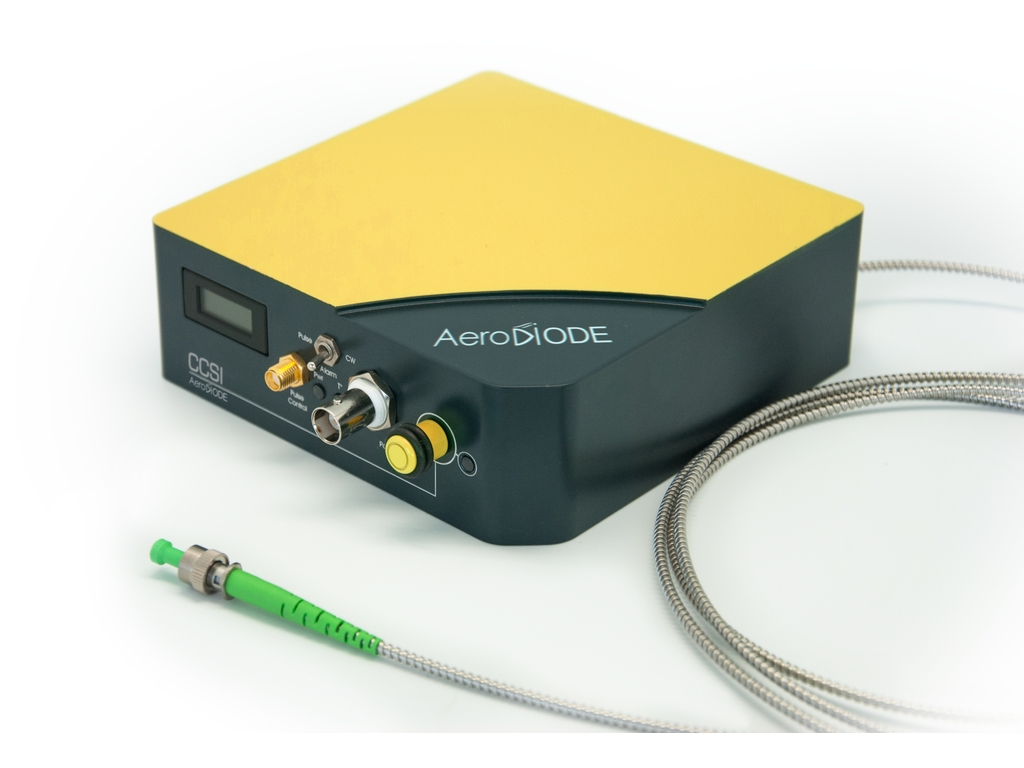
The GUI software lets the user have total control of all module functions. It includes several libraries for software integration (Labview VIs, DLLs, Hexa etc.).
Datasheet
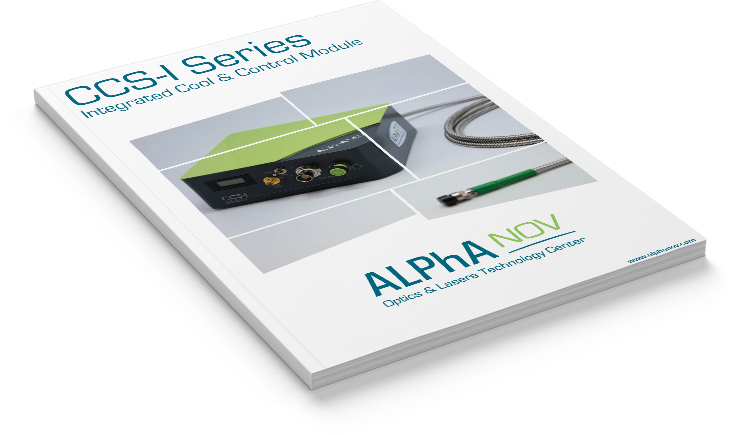
This pulsed laser diode driver works alone or in series with other products in our range like:
- Low noise laser diode driver
- Fiber laser diode driver
- 808 nm laser diode
- 915 nm laser diode
- 976 nm laser diode
- 980 nm laser diode
- 1064 nm laser diode
- 1550 nm laser diode
- Fiber optic modulator
- Pulse delay generator
- Fiber coupled AOM
Complex systems, such as fiber lasers, can be quickly developed on this module platform.
Example of CCSI modules
| Pulse/CW | Wavelength | Bandwidth | Power - CW | Power - pulsed | |
|---|---|---|---|---|---|
| mm | mm | mm | mm | ||
| Example 1 : 808 nm CW-PM-FBG | CW only | 808±5 | 0.2 | 250 | - |
| Example 2 : 980 nm CW-PM-FBG | CW only | 976±1 | 1.0 | 500 or 1000 | - |
| Example 3 : 1030 or 1064 nm PM-DFB | Pulse & CW | 1030±2 or 1064±2 | < 0.2 | 200 | 800 |
| Example 4 : 1064 nm Bragg close to the chip | Pulse & CW | 1064±2 | < 0.3 | 300 | 950 |
| Example 5 : 1060 nm seeder | Pulse & CW | 1060±10 | < 2.0 | 420 | 800 |
| Example 6 : 1420 or 1450 or 1500 nm PM-FBG | Pulse & CW | 1450 or 1450 or 1480 or 1500 ± 0.5 | < 2.0 | 350 | 350 |
| Other wavelentgh available: 845, 1310, 1480, 1550, 1950 etc | Pulse & CW |
Synoptic
Applications
- Laser seeding
- LIDAR testing
- Laser development
- Laser alignment
- Nondestructive control
- Telemetry
- Doppler measurements
- Metrology
These products are now offered by AeroDIODE, a new ALPhANOV spin-off company.
a new ALPhANOV spin-off company.
Associated products or services
-
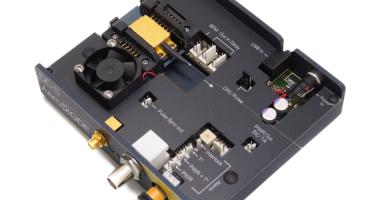
Pulsed laser diode driver & TEC control
This pulsed laser diode driver with high speed performances and integrated TEC controller generates any pulsed or CW optical signal from 1 nanosecond to CW. -
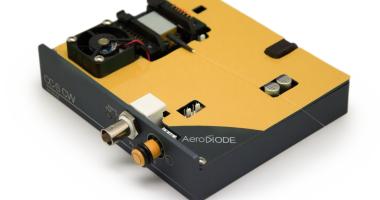
Laser driver with TEC control & USB: CCS-CW
This laser driver generates CW and modulated optical signal from a butterfly laser diode or any other form-factor . It is USB controlled with a GUI and several libraries are available for system integration (Labview, DLLs, Python, Hexa etc.). It is also available at board level for OEM integration. -
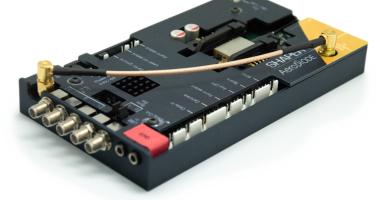
High speed laser diode driver with user design nanosecond pulse shape
This pulsed laser diode driver generates any pulsed shape with down to 500 ps step and 48 dB dynamic range. -
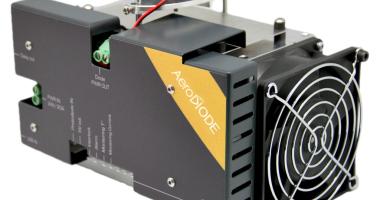
High power laser diode driver up to 36 V - 21 A with TEC & air cooling
This high power laser diode driver is able to drive in CW or pulse regime, multimode fiber laser diodes. -
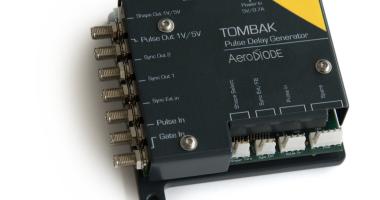
Pulse delay generator ideal for timing and synchronization
This pulse delay generator generates high frequency pulses, digital delays and bursts. It is an ideal synchronization and timing control instrument for electronics and lasers. -
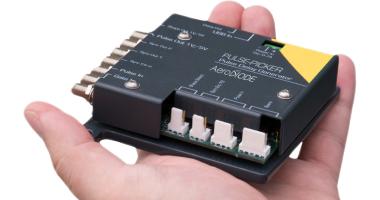
Pulse Picker synchronization board – up to 200 MHz input / 20 MHz output
A synchronization tool to drive external modulating devices like EOM, AOM, SOA for optical pulse picking. It’s adjustable threshold makes it compatible with low input signal levels. Several pulse picking modes and several output voltage levels. LabVIEW, DLLs, Hexa, Python libraries -

Fiber modulator: a high speed intensity modulator and optical switch
This fiber modulator is a lossless, low noise, high speed (~ns), high dynamic range, high extinction ratio solution available from 750 to 1700 nm. -
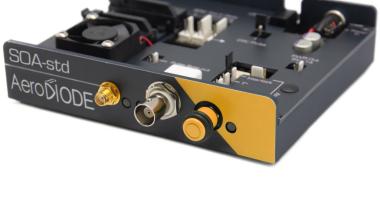
SOA pulsed driver with nanosecond speed: a new fiber modulator
SOA pulsed driver with nanosecond speed: a new alternative to AOM and EOM fiber intensity modulation. -
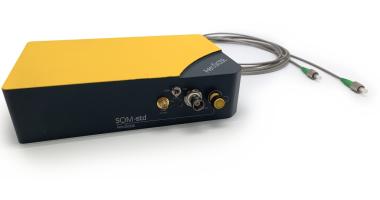
Fiber modulator basics: the pros and the cons of 4 intensity modulation solutions
This tutorial compares four solutions to modulate the intensity of light in the ns or sub-ns range within a fiber-coupled system: AOM, EOM, SOA and direct diode. -
1064 nm laser diode – CW & pulsed – Bragg or DFB
These 3 version of fiber coupled 106 4nm laser diodes are offered as stock items or associated with a CW or pulsed laser diode driver. -

Digital Delay Generator - 10 ps resolution - 15 ns insertion delay - 30 mV min input
This Digital Delay Generator is an ideal tool for timing and gating of optoelectronics instruments such as cameras or lasers. -
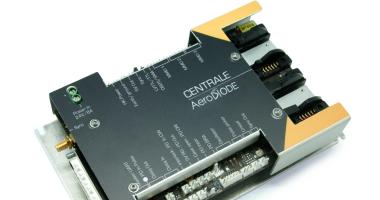
Fiber laser diode driver - pulse and CW - and many other functionalities
This fiber laser diode driver is like a “motherboard” for fiber laser R&D and product development. It integrates 2 CW and pulsed laser diode drivers, 6 photodiode electronics, a pulse-picker synchronization tool and many other dedicated functionalities for every type of fiber laser architecture. -
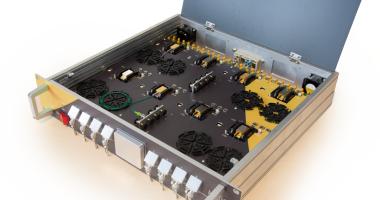
Multi-channel laser diode driver – CW or Pulsed – up to 8 channels
This laser diode driver & temperature controller allows full independent control of up to 8 laser diodes from CW down to very short pulses. It includes several functions including a pulse generator and a very low noise current and modulation driver. -
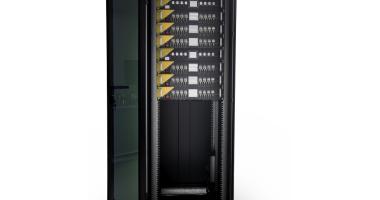
Reliability test system for laser diode qualification in pulsed or CW regime
Life-test and qualification test system for laser diode reliability evaluation in CW or pulsed regime down to 1 nanosecond. Up to 112 fully independent fibered devices are electrically, thermally and optically tested according to one or several user-programmed test scenarios.